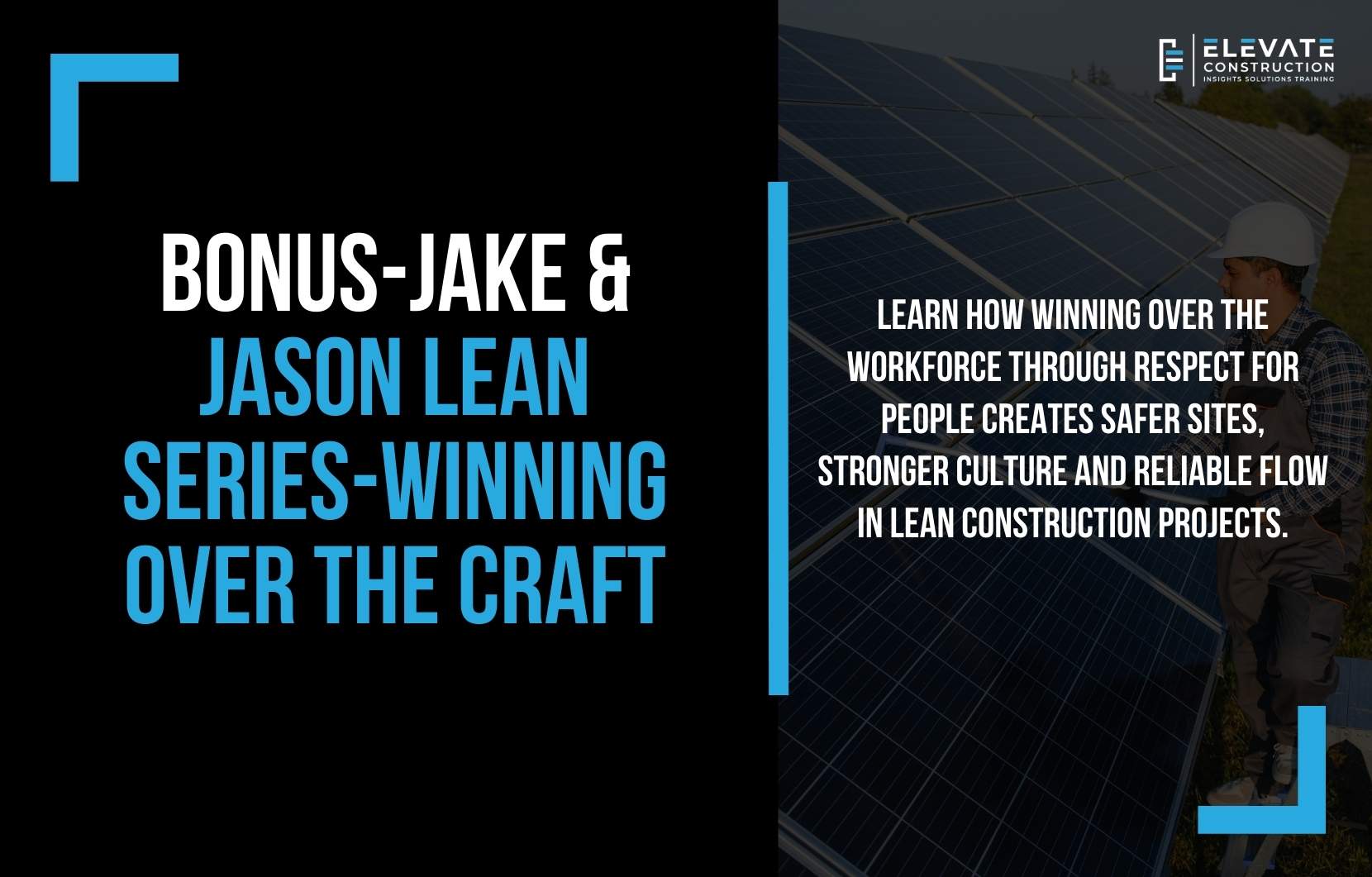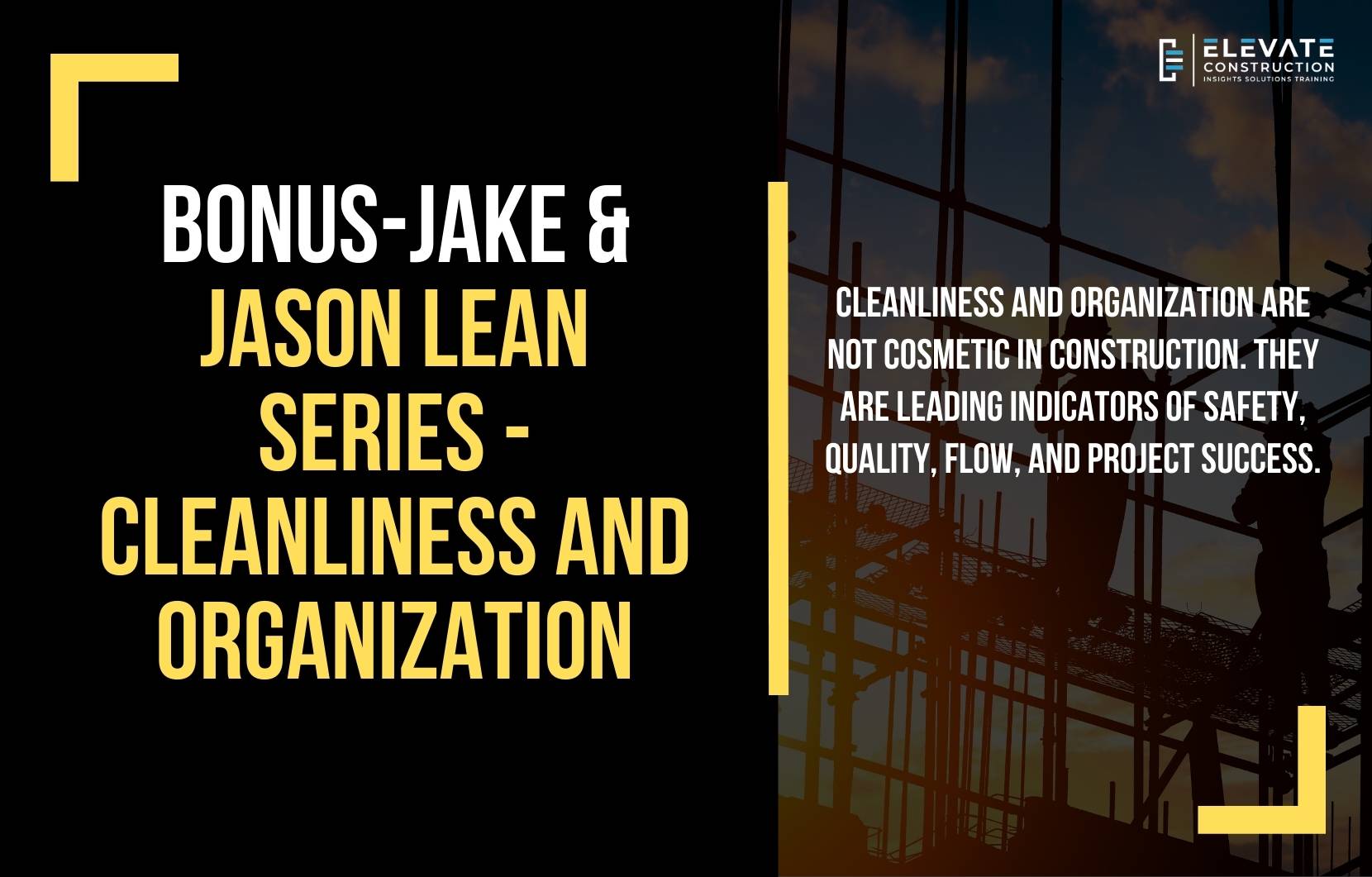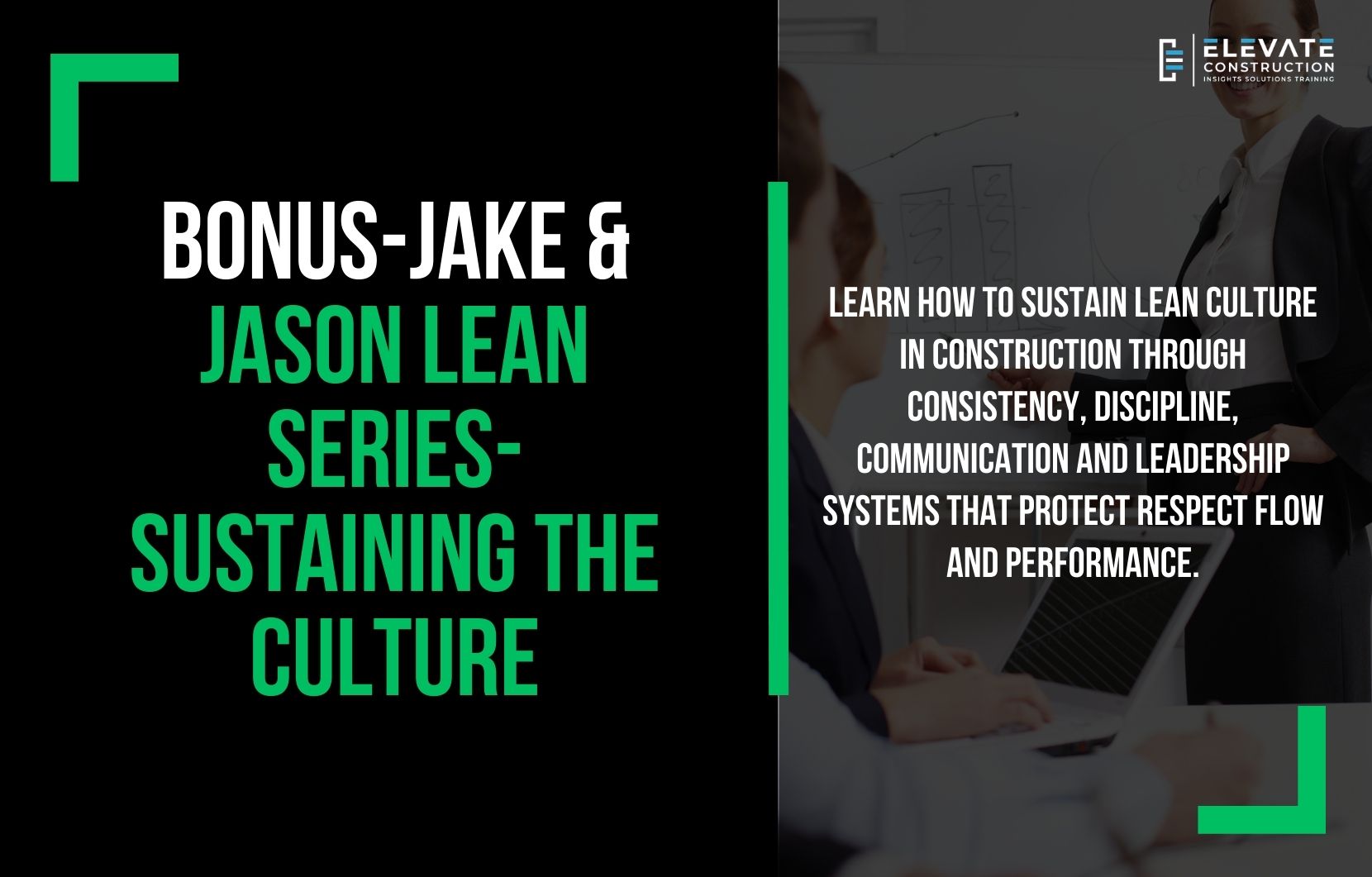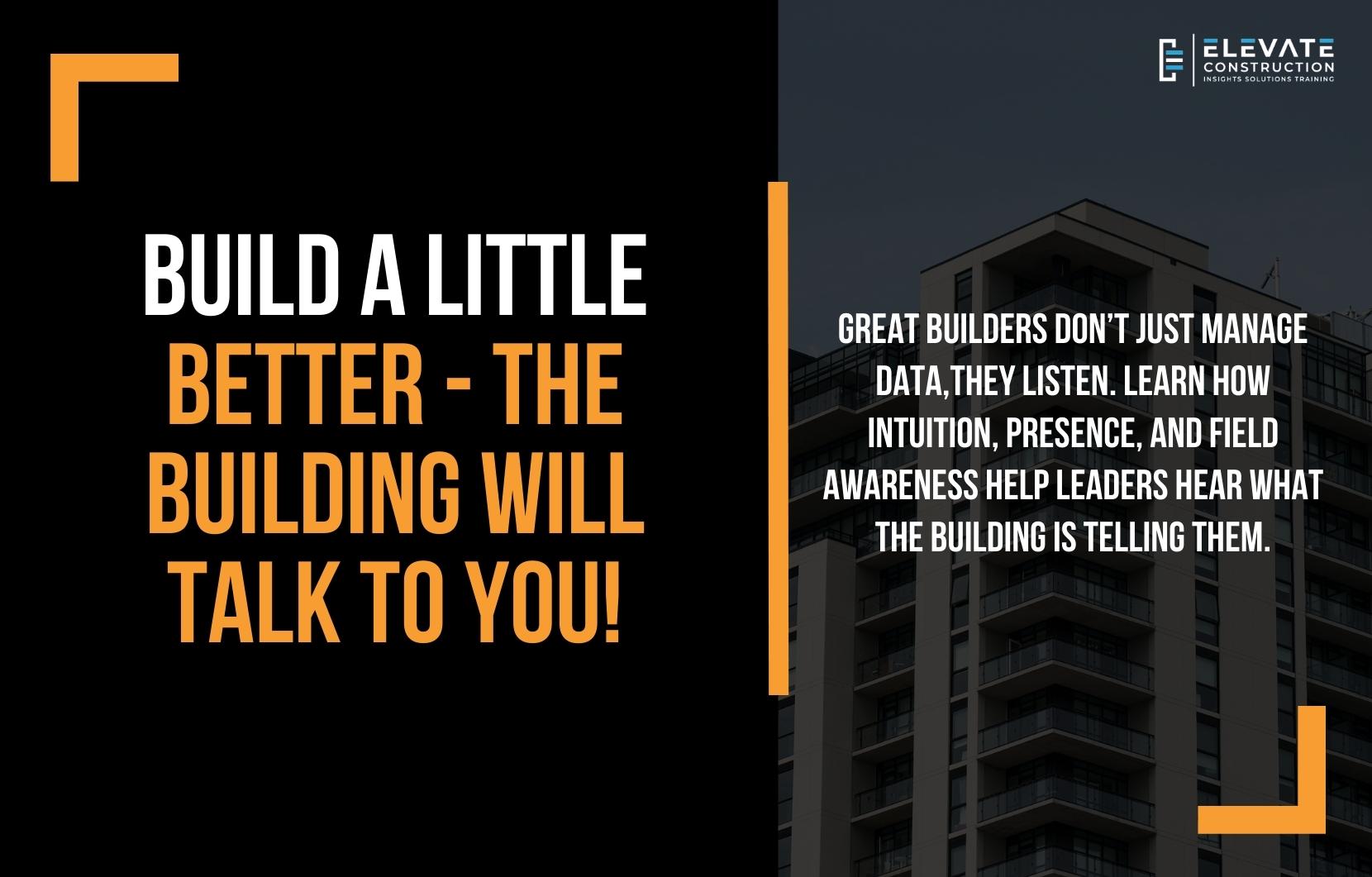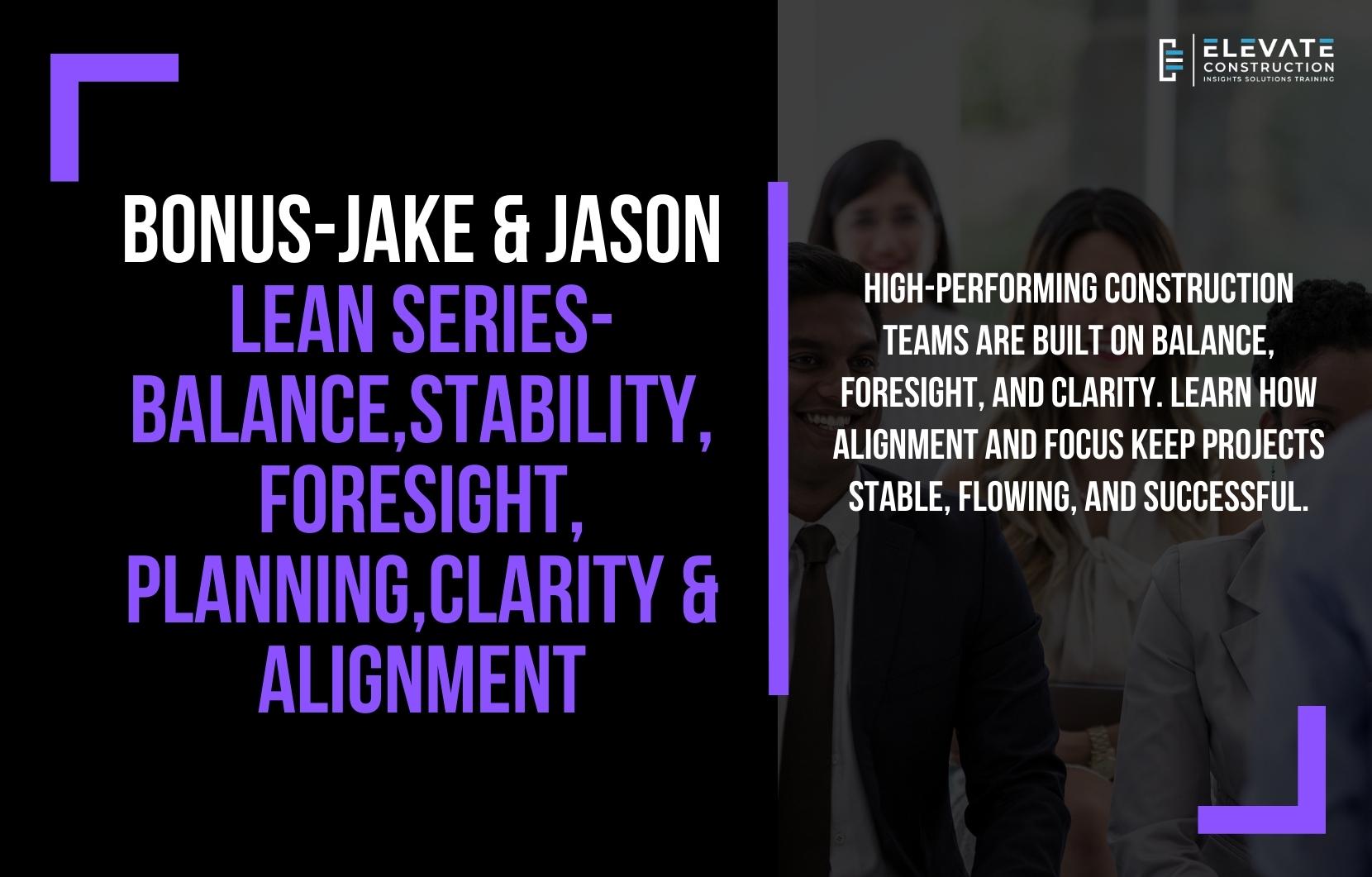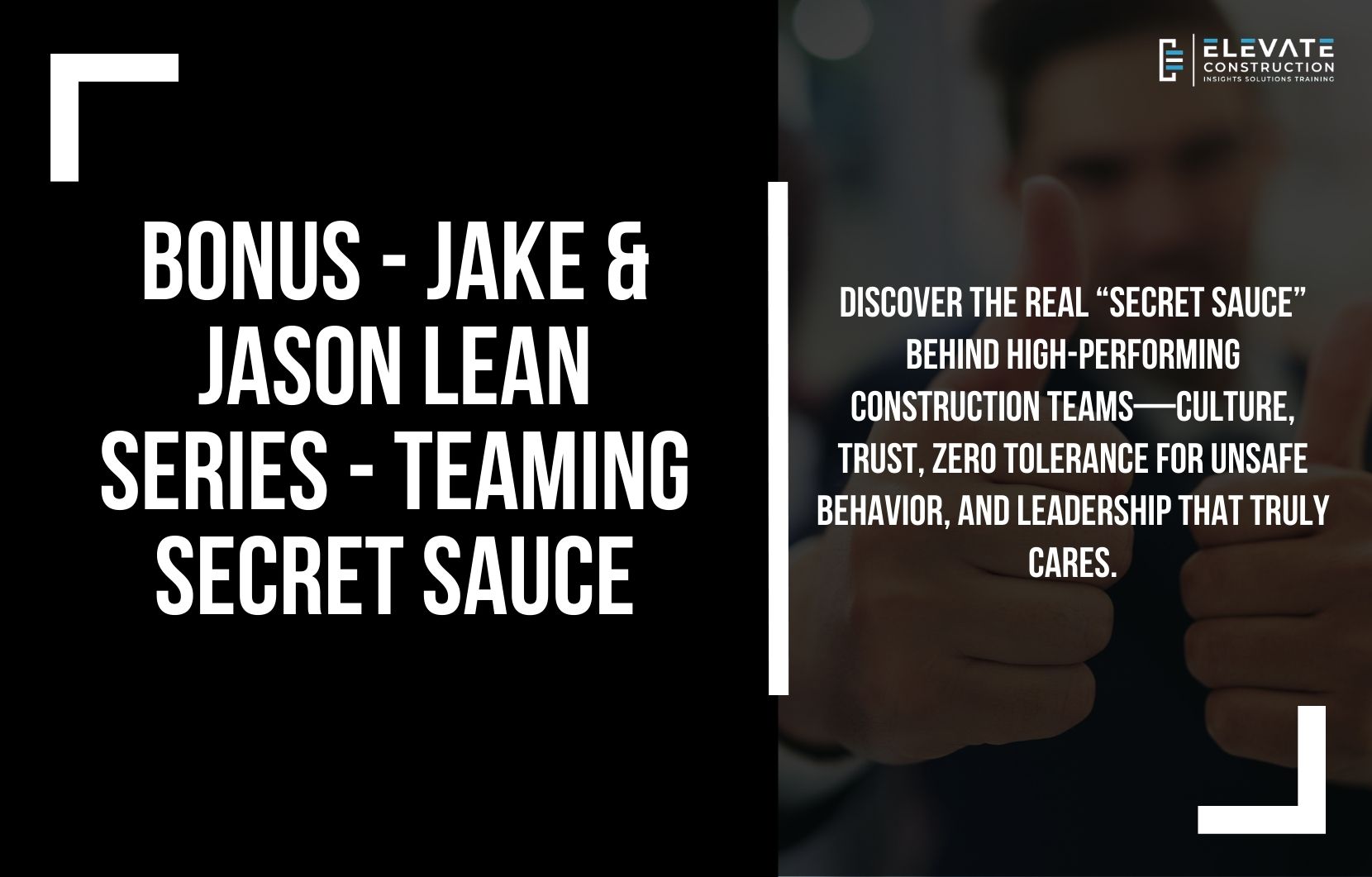Winning Over the Workforce Through Respect for People
There is a moment on every project when leaders realize something uncomfortable. Schedules do not move because drawings are perfect. Productivity does not improve because people are yelled at. Culture does not change because a memo was sent. Construction moves when people choose to care. Winning over the workforce is not a soft idea. It is one of the hardest disciplines in construction leadership. It requires humility, consistency, courage and an honest belief that the craft matters. When respect for people becomes real the job site changes in ways no schedule update ever could.The Pain We All See on Job Sites
Most projects struggle with the same invisible problem. Crews show up but they are guarded. They do the minimum. They protect themselves. They wait to be told what to do. They clean just enough to avoid trouble. Leaders feel this resistance and often respond by pushing harder. The result is predictable. Morale drops. Communication shrinks. Quality suffers. Safety becomes reactive. People comply but they never commit.The Failure Pattern of Command and Control
The industry has trained generations of leaders to believe that authority creates results. Bark louder. Enforce harder. Threaten consequences. The problem is that this approach never wins hearts. It only forces obedience. When people are treated like tools they eventually behave like tools. They disengage emotionally. They stop offering ideas. They protect themselves instead of the project.Empathy for Leaders and the Craft
This is not about blaming superintendents or project managers. Most leaders were raised in systems that never modeled respect for people. They were taught to survive pressure not to build culture. Craft workers feel this too. Many have spent entire careers being told instead of being asked. Their experience has been ignored. Their intelligence was underestimated. Over time they stop offering it.A Field Story About Simple Human Connection
One of the most powerful changes we made on a Lean project was also the simplest. We started learning one thing about each person. Not their entire life story. Just one fact. Kids. Hobbies. Where they were from. That single habit changed conversations. It opened doors. People started volunteering information. They started helping without being asked. Respect began flowing in both directions. Respect is not transactional. It is relational.The Emotional Insight That Changed Everything
People give back exactly what they are given. When leaders invest attention, trust and dignity the workforce returns effort, pride and ownership. When leaders withhold those things the workforce withholds too. You do not build buildings first. You build the team first.Respect for People Is Not Optional in Lean
Lean construction is often misunderstood as tools and meetings. In reality Lean is a philosophy rooted in respect for people. Without that foundation the tools collapse. Respect shows up in how leaders speak, listen , recognize and respond. It shows up in whether feedback flows both ways. It shows up in whether standards are enforced equally and fairly.How We Won People Over in Practice
We did not rely on slogans. We relied on behavior. Leaders told stories. They shared personal experiences. They explained why standards existed. They asked for input. They recognized the effort publicly. Two things mattered more than anything else.- Leaders showed vulnerability and shared real stories that explained why safety quality and cleanliness mattered
- Leaders consistently asked the craft what they thought and used their ideas
Recognition and Example as a Teaching Tool
Public recognition mattered. When someone did the right thing we said it out loud. People stood taller. Pride spread. Others followed the example. We also used demonstrations. When one trade fully embraced Lean behaviors we highlighted them. Not to shame others but to show what was possible. Healthy competition followed.Consistency Builds Trust
Respect is destroyed when standards change under pressure. People test leaders. They push boundaries. They wait to see if the rules bend during crunch time. When standards held even when it hurt credibility was built. People realized this was real. Not a phase. Not a slogan. A way of operating.What Happens When Respect Becomes Real
Something remarkable happened. Workers began asking to stay on the project. In a labor shortage they came back voluntarily. They told others about the site. They protected the culture themselves. The owner felt it. Visitors felt it. The job site felt different. Respect created flow.Why This Matters to LeanTakt and Elevate Construction
LeanTakt systems rely on people choosing to engage. No software, no schedule, no visual board can replace trust. Elevate Construction focuses on building leaders who understand that respect for people is not optional. It is the operating system. If your project needs superintendent coaching project support or leadership development Elevate Construction can help your field teams stabilize schedule and flow.A Challenge to Every Leader
Ask yourself one honest question. Do the people on your site feel respected as equals or managed as resources? The answer will tell you everything about your culture. As Jason Schroeder often says leadership is not about control it is about creating conditions where people can win.Frequently Asked Questions
What does respect for people mean in construction? It means treating the craft as intelligent capable partners whose experience and ideas matter. Is winning over the workforce about incentives? No. Incentives can help but respect is built through daily behavior, consistency and trust. Can this work on large projects? Yes. You do not need to know everyone deeply. You need to treat everyone consistently and humanely. What happens if some people resist? Most people will engage. A small percentage may not. Culture always reveals alignment. How does Elevate Construction support this? Through leadership coaching, cultural alignment and LeanTakt implementation focused on people first systems.If you want to learn more we have:
-Takt Virtual Training: (Click here)
-Check out our Youtube channel for more info: (Click here)
-Listen to the Elevate Construction podcast: (Click here)
-Check out our training programs and certifications: (Click here)
-The Takt Book: (Click here)
Discover Jason’s Expertise:
Meet Jason Schroeder, the driving force behind Elevate Construction IST. As the company’s owner and principal consultant, he’s dedicated to taking construction to new heights. With a wealth of industry experience, he’s crafted the Field Engineer Boot Camp and Superintendent Boot Camp – intensive training programs engineered to cultivate top-tier leaders capable of steering their teams towards success. Jason’s vision? To expand his training initiatives across the nation, empowering construction firms to soar to unprecedented levels of excellence.
On we go

